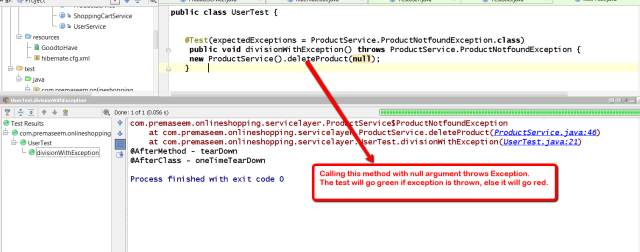You need to add/delete an item in an ArrayList when you are iterating the list. You will receive the java.util.ConcurrentModificationException exception. For example, the following code will throw an exception after adding an item into list:
public class Sample {
public static void main(String[] args) {
List<Integer> iList = new ArrayList<Integer>();
for (int i = 0; i != 100; i++)
iList.add(i);
int addValue = 1000;
for (Integer i: iList) {
if (i%10 == 0) {
iList.add(addValue++);
}
}
}
To avoid java.util.ConcurrentModificationException exception, we can add an item through the iterator of list. If we do the same as the above code, the next access item in list via the iterator will generate the same exception.
public class Sample {
public static void main(String[] args) {
List<Integer> iList = new ArrayList<Integer>();
for (int i = 0; i != 100; i++)
iList.add(i);
int addValue = 1000;
for (ListIterator<Integer> itr = iList.listIterator(); itr.hasNext();) {
Integer i = itr.next();
if (i%10 == 0) {
itr.add(addValue++);
}
}
}

